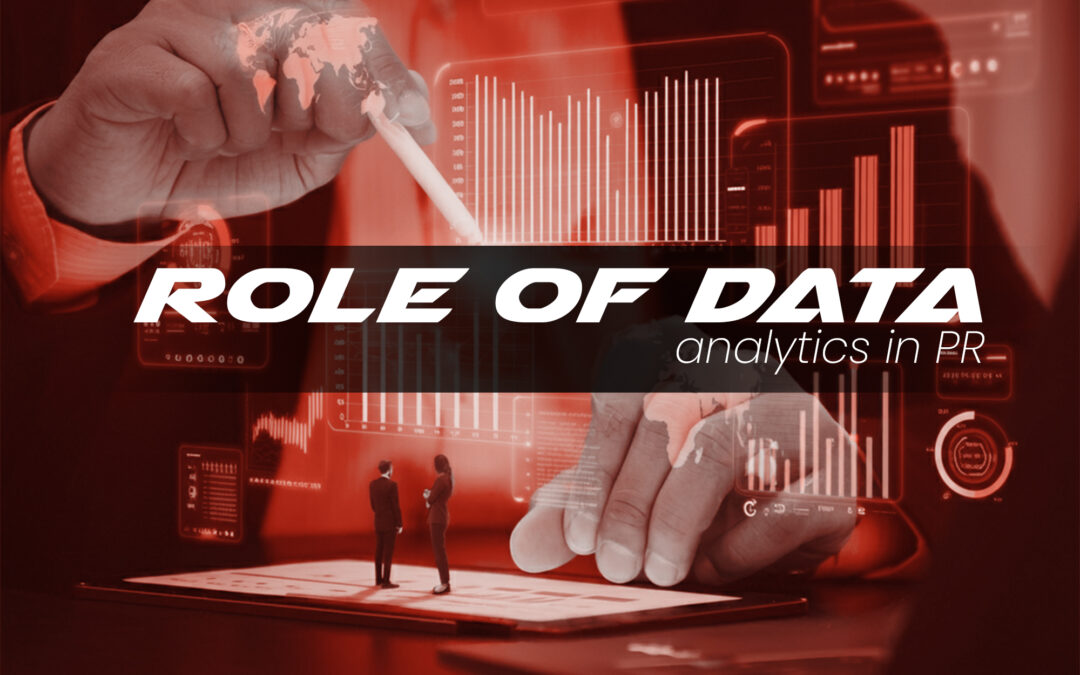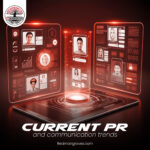Understanding Data Analytics in PR
Data analytics in PR refers to the systematic analysis of data to understand trends, measure campaign effectiveness, and optimize communication strategies. By utilizing various analytical tools and methodologies, PR agencies can extract valuable insights from a sea of information, ranging from social media metrics and website analytics to media monitoring and sentiment analysis.
Enhancing PR Strategies with Data-Driven Insights
- Audience Segmentation and Targeting
One of the primary benefits of data analytics is its ability to refine audience segmentation. With access to detailed demographic, psychographic, and behavioral data, PR agencies can create more personalized and effective campaigns. This ensures that messages are tailored to resonate with the target audience, ultimately increasing engagement and conversion rates. - Optimizing Media Relations and Content Strategy
By analyzing data from media outlets, social media platforms, and other sources, PR professionals can identify which topics and content formats are performing well. This insight allows for strategic adjustments in content creation and media pitching. Agencies can determine which media channels are most effective for their specific audience, optimizing both time and resources. - Real-Time Monitoring and Crisis Management
In crisis communications, timing is everything. Data analytics provides real-time monitoring of social media channels, news outlets, and other platforms to detect potential issues before they escalate into full-blown crises. By utilizing predictive analytics, PR agencies can anticipate crises, develop contingency plans, and respond swiftly with data-backed strategies to protect the brand’s reputation. - Measuring Campaign Effectiveness
Data analytics enables PR agencies to measure the impact of their campaigns in real-time. By tracking key performance indicators (KPIs) such as reach, engagement, sentiment, and conversion rates, agencies can assess what works and what doesn’t. This continuous feedback loop helps in refining ongoing campaigns and improving future strategies. - Enhancing Client Reporting and Accountability
Clients demand transparency and accountability, and data analytics allows PR agencies to provide detailed reports on campaign performance. Metrics such as media coverage, audience reach, engagement levels, and sentiment analysis are crucial in showcasing the value provided by PR efforts. This not only enhances client satisfaction but also strengthens long-term relationships.
Data Analytics Tools for PR Agencies
To maximize the benefits of data analytics, PR agencies need to invest in the right tools. Some of the widely used tools in the industry include:
- Media Monitoring Platforms (e.g., Meltwater, Cision): For tracking media mentions, sentiment, and reach.
- Social Media Analytics Tools (e.g., Sprout Social, Hootsuite, Brandwatch): For analyzing social media performance and audience sentiment.
- Web Analytics Tools (e.g., Google Analytics, Adobe Analytics): For measuring website traffic, engagement, and user behavior.
- PR Measurement Tools (e.g., CoverageBook, Signal AI): For creating comprehensive reports on PR campaign performance.
The Future of Data Analytics in PR The future of PR is undoubtedly data-driven. As artificial intelligence (AI) and machine learning technologies continue to evolve, data analytics will become even more sophisticated, enabling PR agencies to predict trends, automate reporting, and personalize communication strategies at scale. In the UAE’s fast-paced business environment, PR agencies that embrace data analytics will stand out as industry leaders, delivering results that are both measurable and impactful.




